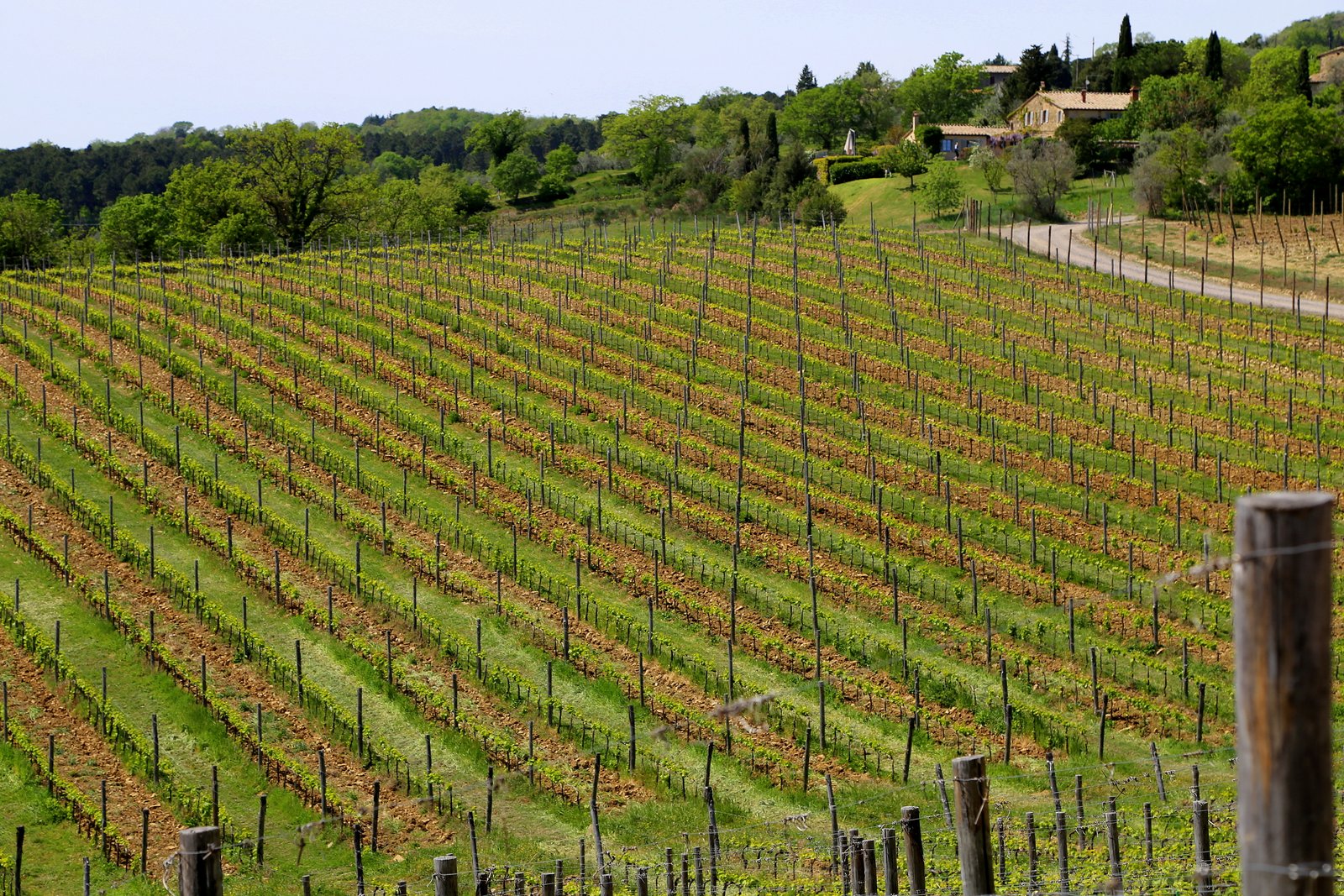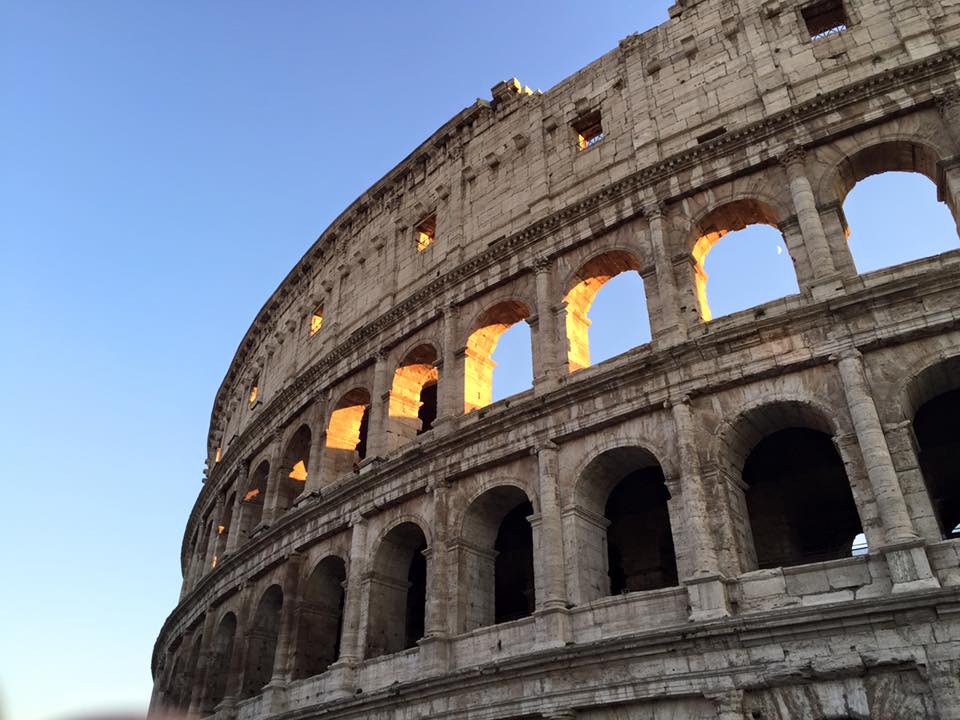When in Rome, it’s fun to tune into ancient history. After all, there are picturesque ruins at every turn, not to mention the layers of unexcavated history that lie beneath the most pedestrian buildings.
For my last morning in Rome, I took a walk past the remains of the gladiators’ locker rooms. I confess I’m more likely to conjure up Russell Crowe than the real deal, but, still, it was a kick to imagine the tumbledown walls ringing with the sound of whatever it is non-Hollywood gladiators did.
Across the street was the Colosseum, so iconic that you have to keep reminding yourself it’s quite real. It helped to take a look at the good seats where the cream of Roman society would watch the bloody doings on the arena floor. It seems you have your 50-yard-line crowd and the nosebleed set in every era.
And then then there is the Forum, where a flower-covered boulder marks the death of Julius Caesar. The killing did not take place here, but this is where an altar was erected after the assassination,
Getting wreaths millenia after your death _ not a bad legacy.
One of my favorite things about Caesar is he was 51 when he crossed the Rubicon. This was a (not very deep) river outside Rome where generals had to disband their armies because crossing with troops was tantamount to declaring war on the sitting government. Caesar made the move as part of a standoff with his former ally Pompey. He emerged the victor and went on to a number of accomplishments including replacing the lunar-based calendar with the Egyptian version based on the sun and adding the leap year. (Now we give him a shout-out every July.)
Unfortunately, everything went south on March 15, 44 BC, but, still, I like to think of Caesar as the patron saint of late-bloomers, proof that as long as you’ve got the will there is a way.
I know what you’re thinking. History is nice and all, but what wine pairs well with a Roman legend? That would be Rubicon, of course, the flagship wine bottled by Francis Ford Coppola. Not only is there the name tie-in, but the wine’s release date each year is the Ides of March.
Like Caesar, and all the middle-aged heroes, this wine ages well.
Cheers, maturely.








